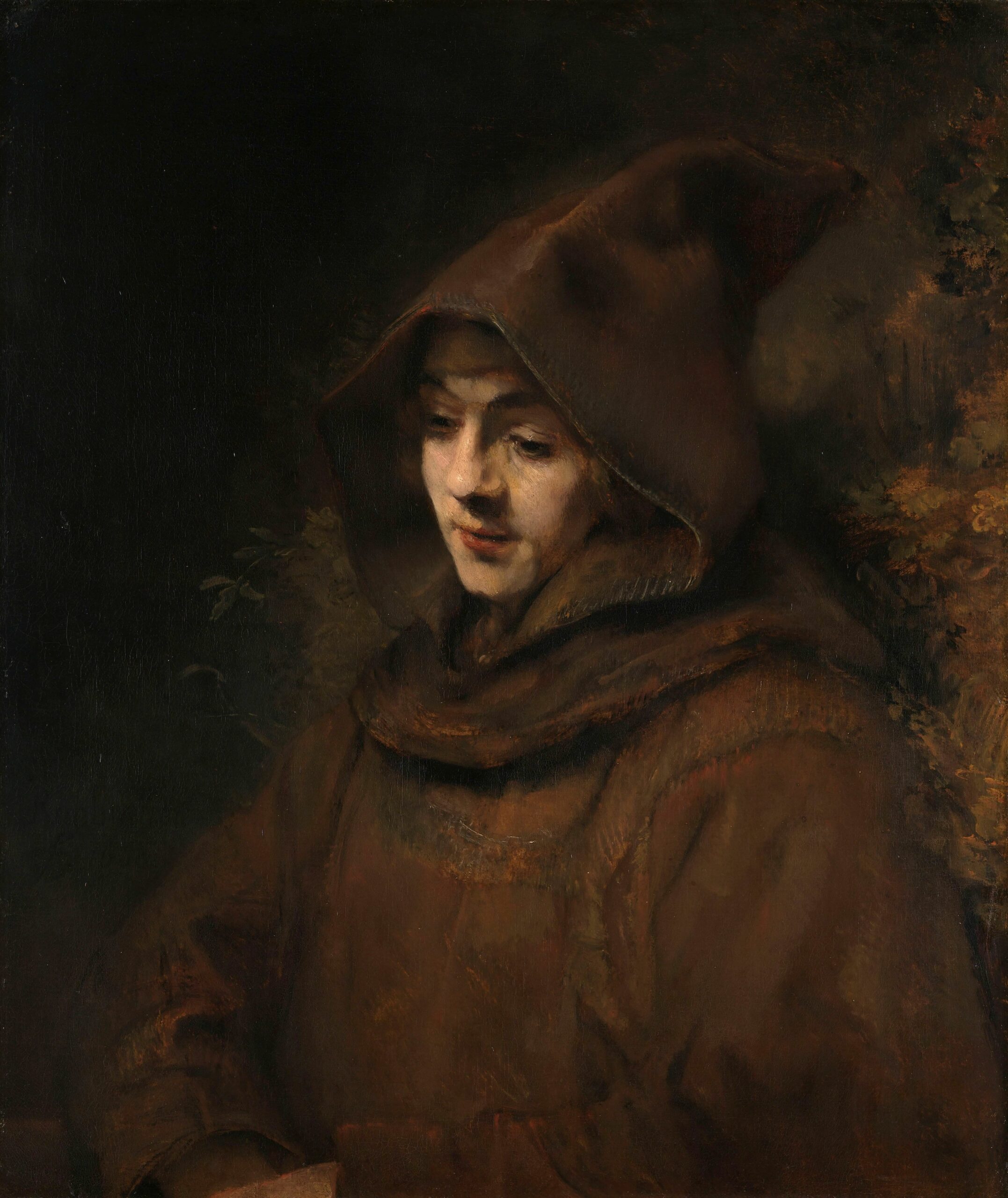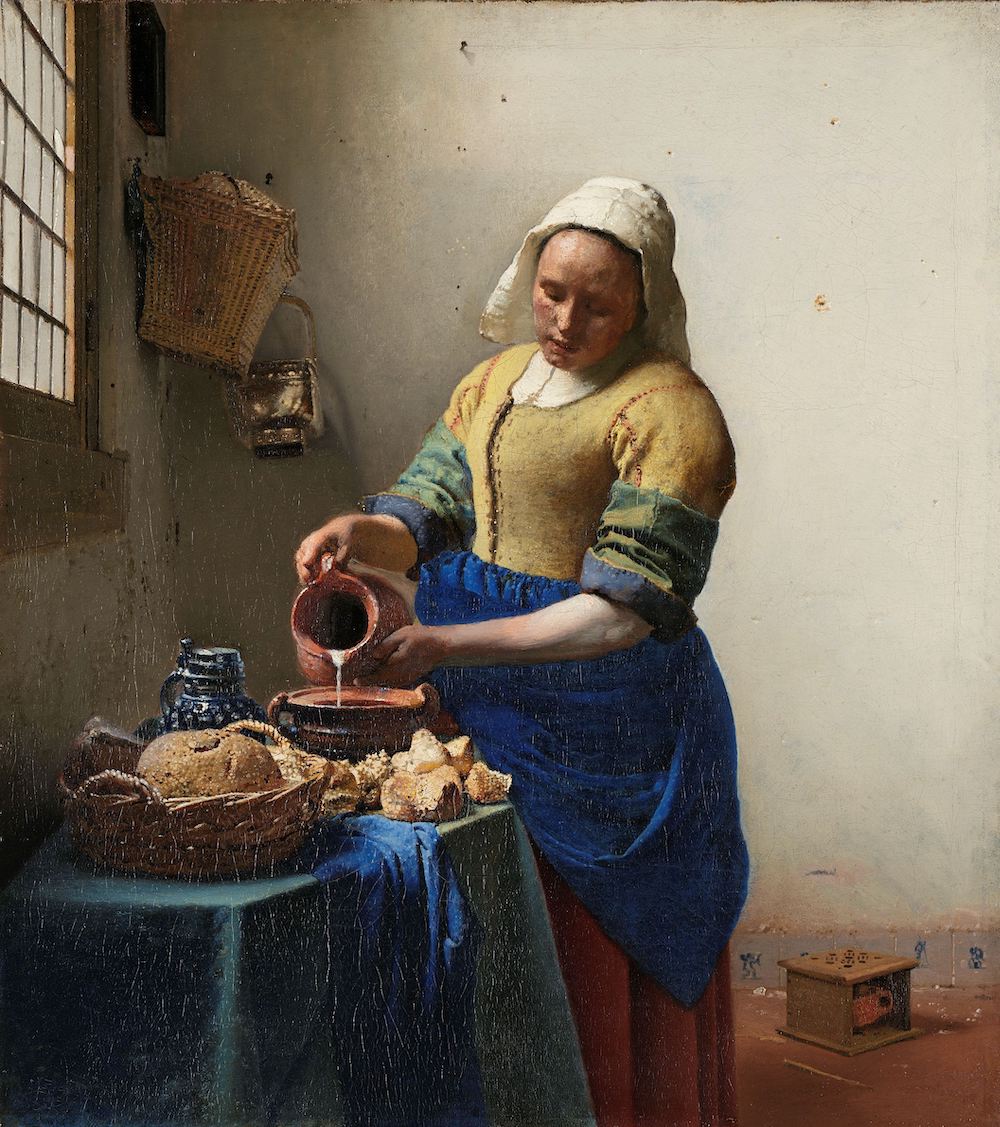[Most Recent Entries] [Calendar View]
Wednesday, January 6th, 2021
| Time | Event |
| 9:00a | Animation Pioneer Lotte Reiniger Adapts Mozart’s The Magic Flute into an All-Silhouette Short Film (1935) When Lotte Reiniger began making animation in the late 1910s, her work looked like nothing that had ever been shot on film. In fact, it also resembles nothing else achieved in the realm of cinema in the century since. Even the enormously budgeted and staffed productions of major studios have yet to replicate the stark, quavering charm of her silhouette animations. Those studios do know full well, however, what Reiniger realized long before: that no other medium can more vividly realize the visions of fairy tales. To believe that, one needs only watch her 1922 Cinderella or 1955 Hansel and Gretel, previously featured here on Open Culture. It was between those productions that Reiniger made the work for which she’s now best remembered: the 1926 One Thousand and One Nights pastiche The Adventures of Prince Achmed, the very first feature in animation history. Nine years later, she turned to source material closer at hand, culturally speaking, and adapted a section of Wolfgang Amadeus Mozart’s opera The Magic Flute. You can watch the result, the ten-minute Papageno, at the top of the post. A bird-catcher, the title character finds one day that all the avians around him have become tiny human females. Though none of them stick around, an ostrich later delivers him a full-size maiden, only for a giant snake to drive her away. Will Papageno defeat the serpent and reclaim his beloved, or submit to despair? “The magic of the fairy tale has always been her greatest fascination, yet her own interpretations attain a unique quality,” says the narrator of the 1970 documentary short just above, in which Reiniger re-enacts the thoroughly analog and highly labor-intensive making of Papageno. “The figures she cuts out and constructs were originally inspired by the puppets used in traditional Eastern shadow theaters, of which the silhouette form is the logical conclusion.” This hybridization of venerable narrative material from Western lands like Germany with an even more venerable aesthetic from Eastern lands like Indonesia has assured only part of her work’s enduring appeal. “Ms. Reiniger will continue to have a strange affection for each of her figures,” the narrator notes. This is “an understandable affection, for in their flexibility they have almost human characteristics of movement.” It’s an affection anyone with an interest in animation, fairy tales, or Mozart will share. Related Content: The Groundbreaking Silhouette Animations of Lotte Reiniger: Cinderella, Hansel and Gretel, and More The First Animated Feature Film: The Adventures of Prince Achmed by Lotte Reiniger (1926) Mozart’s Diary Where He Composed His Final Masterpieces Is Now Digitized and Available Online Hear All of Mozart in a Free 127-Hour Playlist Based in Seoul, Colin Marshall writes and broadcasts on cities, language, and culture. His projects include the Substack newsletter Books on Cities, the book The Stateless City: a Walk through 21st-Century Los Angeles and the video series The City in Cinema. Follow him on Twitter at @colinmarshall, on Facebook, or on Instagram. Animation Pioneer Lotte Reiniger Adapts Mozart’s The Magic Flute into an All-Silhouette Short Film (1935) is a post from: Open Culture. Follow us on Facebook, Twitter, and Google Plus, or get our Daily Email. And don't miss our big collections of Free Online Courses, Free Online Movies, Free eBooks, Free Audio Books, Free Foreign Language Lessons, and MOOCs. |
| 12:00p | How Tibetan Monks Use Meditation to Raise Their Peripheral Body Temperature 16-17 Degrees
Tibetan monks in remote regions of the Himalayas have long claimed near miraculous powers through yogic practices that resemble nothing you’ll find offered at your local gym, though they may derive from some similar Indian sources. One such meditative practice, a breathing exercise known as tummo, tum-mo, or g-tummo, supposedly generates body heat and can raise one’s peripheral body temperature 16-17 degrees—a distinctly advantageous ability when sitting outside in the snow-capped mountains. Perhaps a certain amount of skepticism is warranted, but in 1981, Harvard cardiologist Herbert Benson was determined to take these ancient practices seriously, even though his first encounters with western practitioners of tummo produced results he deemed “fraudulent.” Not ready to toss centuries of wisdom, Benson decided instead to travel to the source after meeting the Dalai Lama and receiving permission to study tummo practitioners in Northern India. Benson’s research became a 20-year project of studying tummo and other advanced techniques while he also taught at the Harvard Medical School and served as president of the Mind/Body Medical Institute in Boston, where he believes the study of meditation can “uncover capacities that will help us to better treat stress-related illnesses.” The claims of monks who practice tummo have been substantiated in Benson’s work, showing, he says, “what advanced forms of meditation can do to help the mind control physical processes once thought to be uncontrollable.” In his own experimental settings, “Benson found that [Tibetan] monks possessed remarkable capacities for controlling their oxygen intake, body temperatures and even brainwaves,” notes Aeon. Another study undertaken in 2013 by Maria Kozhevnikov, cognitive neuroscientist at the National University of Singapore, “corroborated much of what Benson had observed, including practitioners’ ability to raise their body temperatures to feverish levels by combining visualization and specialized breathing.” In the short documentary film above—actually a 7-minute trailer for Russ Pariseau’s feature-length film Advanced Tibetan Meditation: The Investigations of Herbert Benson MD—we get a brief introduction to tummo, a word that translates to “inner fire” and relates to the ferocity of a female deity. Benson explains the ideas behind the practice in concise terms that sum up a central premise of Tibetan Buddhism in general:
Perhaps centuries-old non-European practices do not particularly need to be debunked, demystified, or validated by modern scientific medicine to keep working for their practitioners; but doctors have significantly benefited those in their care through an acceptance of the healing properties of, say, psilocybin or mindfulness, now serious subjects of study and clinical treatment in top Euro-American institutions. Just as this research is being popularized among both the medical establishment and general public, we may someday see a surge of interest in advanced tantric practices like tummo. Related Content: How Meditation Can Change Your Brain: The Neuroscience of Buddhist Practice How Yoga Changes the Brain and May Guard Against Alzheimer’s and Dementia Josh Jones is a writer and musician based in Durham, NC. Follow him at @jdmagness How Tibetan Monks Use Meditation to Raise Their Peripheral Body Temperature 16-17 Degrees is a post from: Open Culture. Follow us on Facebook, Twitter, and Google Plus, or get our Daily Email. And don't miss our big collections of Free Online Courses, Free Online Movies, Free eBooks, Free Audio Books, Free Foreign Language Lessons, and MOOCs. |
| 4:12p | The Rijksmuseum in Amsterdam Has Digitized 709,000 Works of Art, Including Famous Works by Rembrandt and Vermeer
Art may seem inessential to those who make the big decisions in times of crisis. But it has never seemed more necessary to artists working in the time of COVID. So it was 360 years ago when Rembrandt painted a portrait of his son, Titus, in a monk’s robe in 1660. Eight years later, Titus was dead from plague, which had only a few years earlier killed Hendrickje Stoffels, Rembrandt’s former housekeeper and second wife, who helped raise Titus, Rembrandt’s only child to survive into adulthood. These unimaginable losses “contributed to the tragedy and anguish we see in Rembrandt’s late self-portraits,” writes The Guardian’s Jonathan Jones. During the plague, Rembrandt also used his work as social critique. His painting The Rat-Poison Peddler, shows, “in a sense,” the Minneapolis Institute of Art’s Tom Rassieur tells the Star Tribune, “the guy who purports to be helping—the exterminator—is probably doing as much to spread the disease as anyone else. That relates to [criticism] of our leadership today.” In his last years, Rembrandt painted self-portraits of his isolation and grief that still resonate with our isolation and grief today.
Elsewhere in the Netherlands, Rembrandt’s contemporary Jan Vermeer “was no stranger to the kind of socially isolated world we now find ourselves in,” Breeze Barrington writes at CNN. “His hometown of Delft was stricken with plague several times in the artist’s lifetime. In 1635 and 1636 over 2,000 people died, and in the mid-1650s and mid-1660s hundreds more.” The qualities we most associate with Vermeer’s work, the solitude and attentive presence, were developed during time spent in isolation. “In this time of forced isolation,” says Friso Lammertse, curator of 17th-century Dutch painting at the Rijksmuseum in Amsterdam, Vermeer’s work “can point us at the fact that extreme beauty can be found just in our room.” The Rijksmuseum hasn’t just recommended art in our current state of aloneness, but the museum has also doubled its collection of free, high resolution works online, by Rembrandt, Vermeer, and a host of other artists who used art to cope with loss and loneliness during the plagues of their times. The museum now offers 709,622 digitized images in total. The museum has promised to “bring the museum to you,” and they have delivered not only with their extensive digital collection, free for downloading, sharing and editing with a free Rijksmuseum account, but also with informative series on their website. Art is essential in the best and worst of times, and especially now, when it shows us how to look closely at ourselves, our loved ones, and our surroundings, and treat life with more care and attention. Enter the Rijksmuseum online collections here. Related Content: Rijksmuseum Digitizes & Makes Free Online 361,000 Works of Art, Masterpieces by Rembrandt Included! Josh Jones is a writer and musician based in Durham, NC. Follow him at @jdmagness The Rijksmuseum in Amsterdam Has Digitized 709,000 Works of Art, Including Famous Works by Rembrandt and Vermeer is a post from: Open Culture. Follow us on Facebook, Twitter, and Google Plus, or get our Daily Email. And don't miss our big collections of Free Online Courses, Free Online Movies, Free eBooks, Free Audio Books, Free Foreign Language Lessons, and MOOCs. |
| 11:25p | The 25th Amendment: An Introduction Read along with the text of the 25th Amendment online here. And get some background from the Constitution Center here, and Vox’s explainer here. The 25th Amendment: An Introduction is a post from: Open Culture. Follow us on Facebook, Twitter, and Google Plus, or get our Daily Email. And don't miss our big collections of Free Online Courses, Free Online Movies, Free eBooks, Free Audio Books, Free Foreign Language Lessons, and MOOCs. |
| << Previous Day |
2021/01/06 [Calendar] |
Next Day >> |




